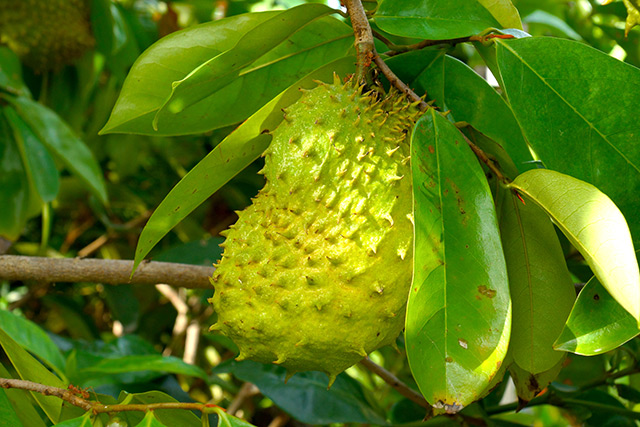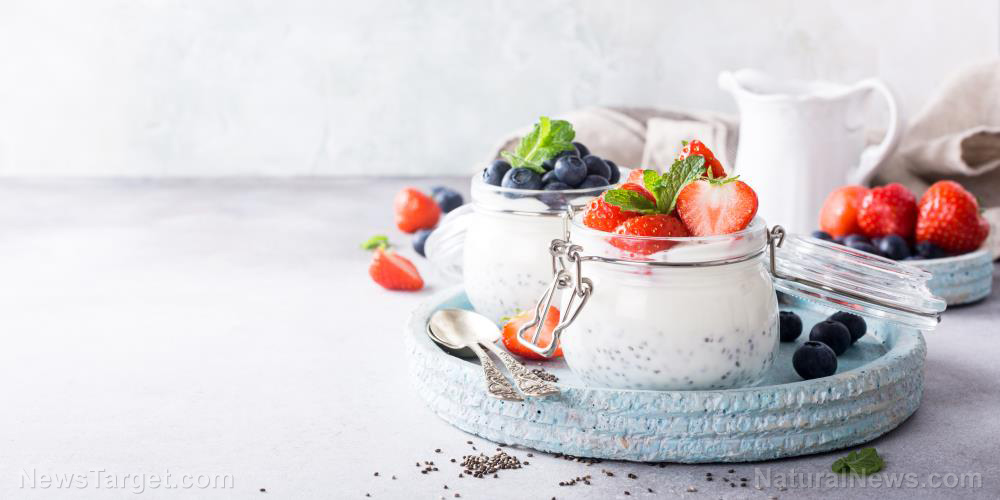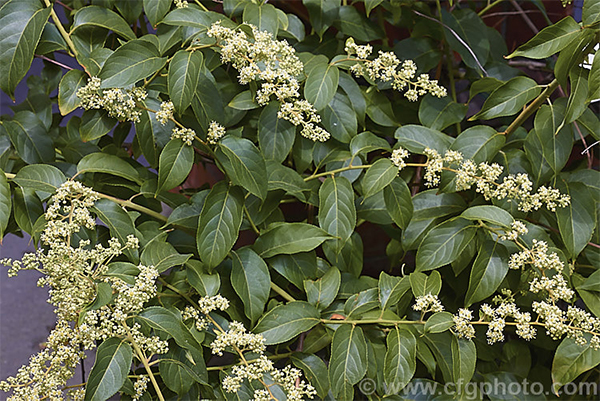(Science) Investigating the multiple biological activities of Annona muricata
01/06/2020 / By Evangelyn Rodriguez

In this study, researchers from Universiti Putra Malaysia examined the cytotoxicity, as well as the anti-tumor-promoting and antioxidant activities, of various Annona muricata extracts, including an isolated acetogenin called annonacin, in vitro. Their results were published in the Journal of Herbal Medicine.
- Annona muricata or soursop belongs to the family Annonaceae. It is a plant enriched with annonaceous acetogenin.
- A. muricata is traditionally used to treat various infectious and inflammatory diseases.
- For their study, the researchers collected various extracts and subjected them to the inhibition of Epstein-Barr virus early antigen (EBV-EA) activation assay. They used the tumor promoter 12-O-tetradecanoylphorbol 13-acetate (TPA) for induction on Raji cells (lymphoma cell line).
- Before conducting the assay, the researchers first determined the cytotoxicity of each extract against Raji cells using the MTT assay. They also subjected the extracts to multiple radical scavenging assays to determine their antioxidant activity.
- The researchers reported that annonacin showed remarkable cytotoxicity against Raji cells.
- Inhibition against EBV-EA activation occured as follows: hexane leaf > annonacin > aqueous fruit > dichloromethane leaf > methane leaf > aqueous leaf > ethanol leaf.
- The methanol leaf extract showed the highest antioxidant activity in all assays with an 87 percent radical scavenging rate.
- Meanwhile, annonacin had the lowest antioxidant activity in all the assays performed.
Based on these results, the researchers concluded that A. muricata extracts and annonacin have anti-tumor-promoting properties that make them promising natural anti-cancer agents.
Read the full study at this link.
Journal Reference:
Roduan MRM, Hamid RA, Cheah YK, Mohtarrudin N. CYTOTOXICITY, ANTITUMOR-PROMOTING AND ANTIOXIDANT ACTIVITIES OF ANNONA MURICATA IN VITRO. Journal of Herbal Medicine. March 2019;15:100219. DOI: 10.1016/j.hermed.2018.04.004
Tagged Under: alternative medicine, anti-tumor, antioxidant, cancer cures, cancer treatment, food cures, food is medicine, functional food, herbal medicine, Herbs, natural cures, natural medicine, phytonutrients, prevention, remedies, research, soursop


















